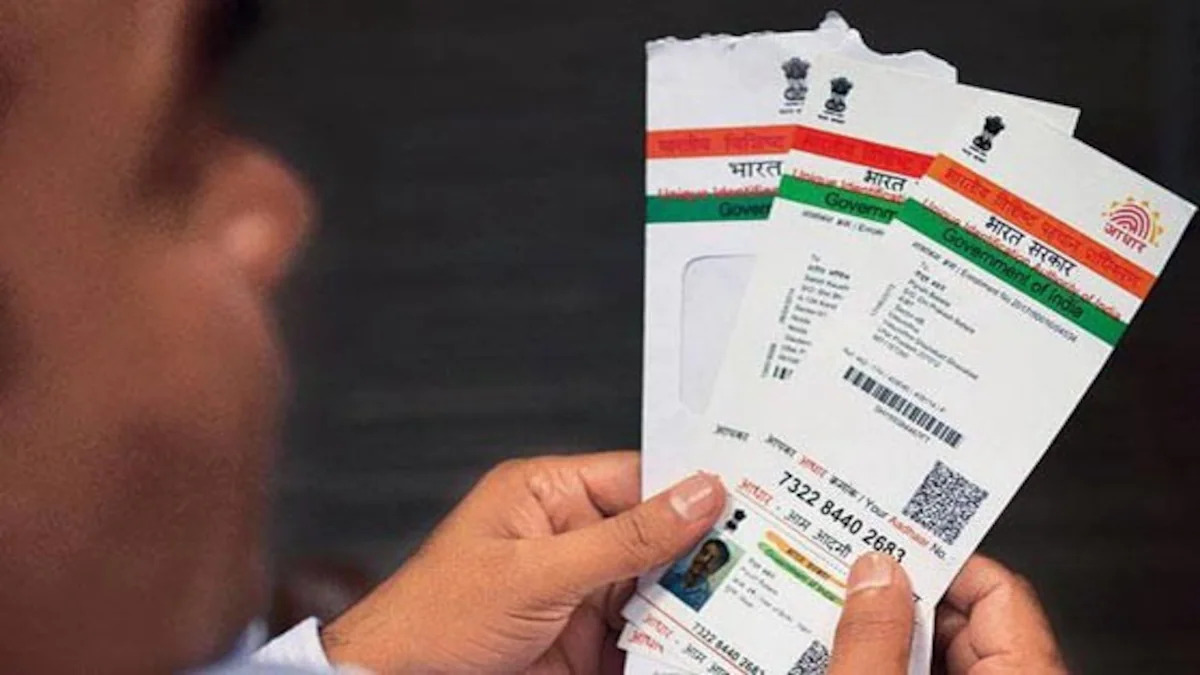Aadhar Card, According to Saurabh Garg, CEO of UIDAI, over five crore Aadhaar authentications occur each day. And over 40 crore last-mile banking transactions occur each month via the Aadhaar-enabled Payment System (AePS).
Speaking at the 16th edition of the India Digital Summit 2022. Organised by IAMAI, he state that the numbers exceed 5 crores when offline authentication is consider. He added, “We needed anytime, everywhere authentication capabilities… We have introduced and legalised an offline verification option. For the persons who do not want to use the internet authentication capability. Anyone can utilise the offline verification for free. Aadhaar is a public infrastructure, and the purpose is to make it available to all at low or no cost. More than 700 social initiatives are currently employing Aadhaar infrastructure.”
On the payments front, we have the Aadhaar-enabled Payment System for the last mile banking networks. Which is quickly growing in number.” During the Covid time, AePS served the country admirably. Every month, around 40 crore last-mile banking transactions are complete on the AePS system via 50 million micro-ATMs,” he noted.
Aadhaar-enabled Payment System for the last mile banking networks
He maintained that Aadhaar authentication is free for individual citizens and would always be free. UIDAI recently reduced the cost of authentication to Rs 3 per instance. Down from Rs 20 per instance, to allow companies to use its infrastructure to provide people with a better way of life through numerous services and benefits.
When discussing Aadhaar 2.0, he stated that it will provide faster automated biometric matching solutions. With a primary focus on ecosystem security. He stated that the authority is investigating the use of blockchain and quantum computing.
We’re looking at what blockchain has to offer, whether blockchain can be used in any way to provide decentralize-level solutions. And that’s on the horizon. We are investigating cost-effective but secure Aadhaar data wall solutions, as well as private computing as a technique for authentication. “We need to look at if there are quantum robust security solutions in quantum computing,” he said.

